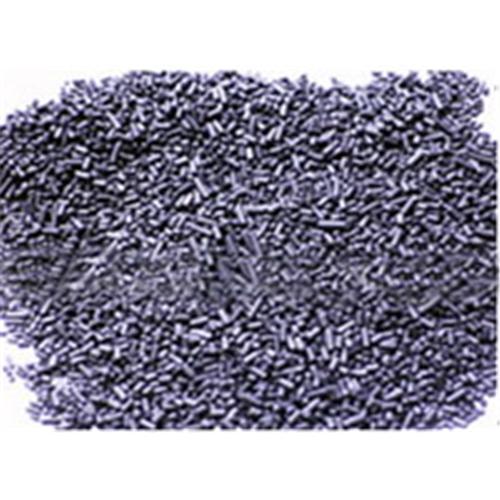

It may, in fact, need to be made larger to meet certain needs. These pieces are then crushed and screened to remove dust and other impurities and to meet certain specifications.Ĭhemical activation, on the other hand, produces powdered carbon that usually does not need further crushing. Steam activation usually produces activated carbon that is about 1 to 3 millimeters in thickness. Chemical activation, however, does not require an acid wash. For example, steam-activated carbon goes through an acid wash, which purifies the carbon. In general, the two different processes result in extremely similar products, but there can be slight variations that make large differences in filtration performance. Steam-Activated vs Chemical-Activated Carbon: Is there a Difference?Īfter the processes of activation are completed, is there a difference between the two products?ĭoes the process result in activated carbon that behaves, filters, and performs in different ways? Because of the lower required temperatures, chemical activation is often the more efficient and effective method for activating carbon. The material is then processed at a lower temperature, usually around 450 to 900 degrees Celsius. During this process, the raw material is impregnated with a chemical, usually an acid, base, or a type of salt. The other process used for activating carbon is chemical activation. Physical activation uses either carbonization or activation/oxidization and can require temperatures over 600 degrees Celsius. During this process, the raw material is converted using hot gases, followed by air which burns out the gasses. The first is called steam activation, also known as physical activation. There are two commonly-used processes for activating the carbon (or charcoal) material. Once the material goes through the activation process, it will be ready to grab and hold toxins and molecules. Now the carbon needs to be “activated” through oxidation. The measure of the void in the material is known as porosity.īut the process is not complete.

The microscopic pore sizes that were filled with other substances are now empty, drastically increasing the surface space of the carbon. The process starts by removing these substances and leaving behind pure (or nearly pure) carbon.
#Activated carbon full#
But first, you need to understand how they are made and how they work.Įssentially, the raw carbon material is full of other substances, such as organic matter, that fill microscopic holes, or pores, in the carbon. Whether you are looking to remove harmful chemicals or orders, air purifiers with activated carbon can be highly effective. Due to the nature of activated charcoal, this product is able to trap tiny particles that might otherwise fall between the cracks. Many other filters will not trap extremely small particles – think gases, chemicals and VOCs. The material is highly effective at removing toxins and odors, creating clean, healthy air for homes and offices.īecause many of the air purifiers from Oransi use activated carbon filters, we’d like to help you understand this material, including its history, how it’s made and why it is so effective in the purification process.Īctivated carbon is highly effective because it is able to trap particles of the smallest sizes. If you drink municipal water, use soap, brush with toothpaste, or drink decaffeinated coffee, your life involves activated carbon.Īir purification is an important use for activated carbon as well. Although few people realize it, activated carbon touches everyone’s lives.

Activated carbon is a common product used to filter and purify numerous substances.


 0 kommentar(er)
0 kommentar(er)
